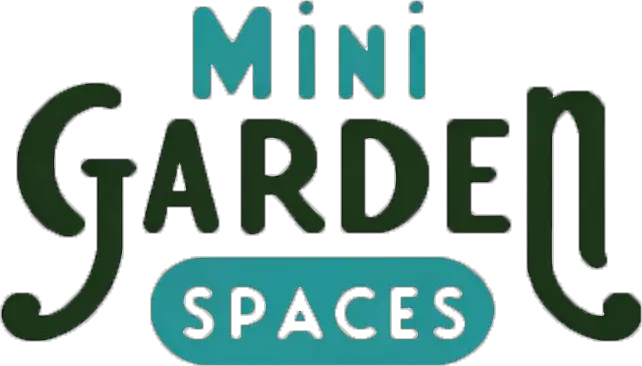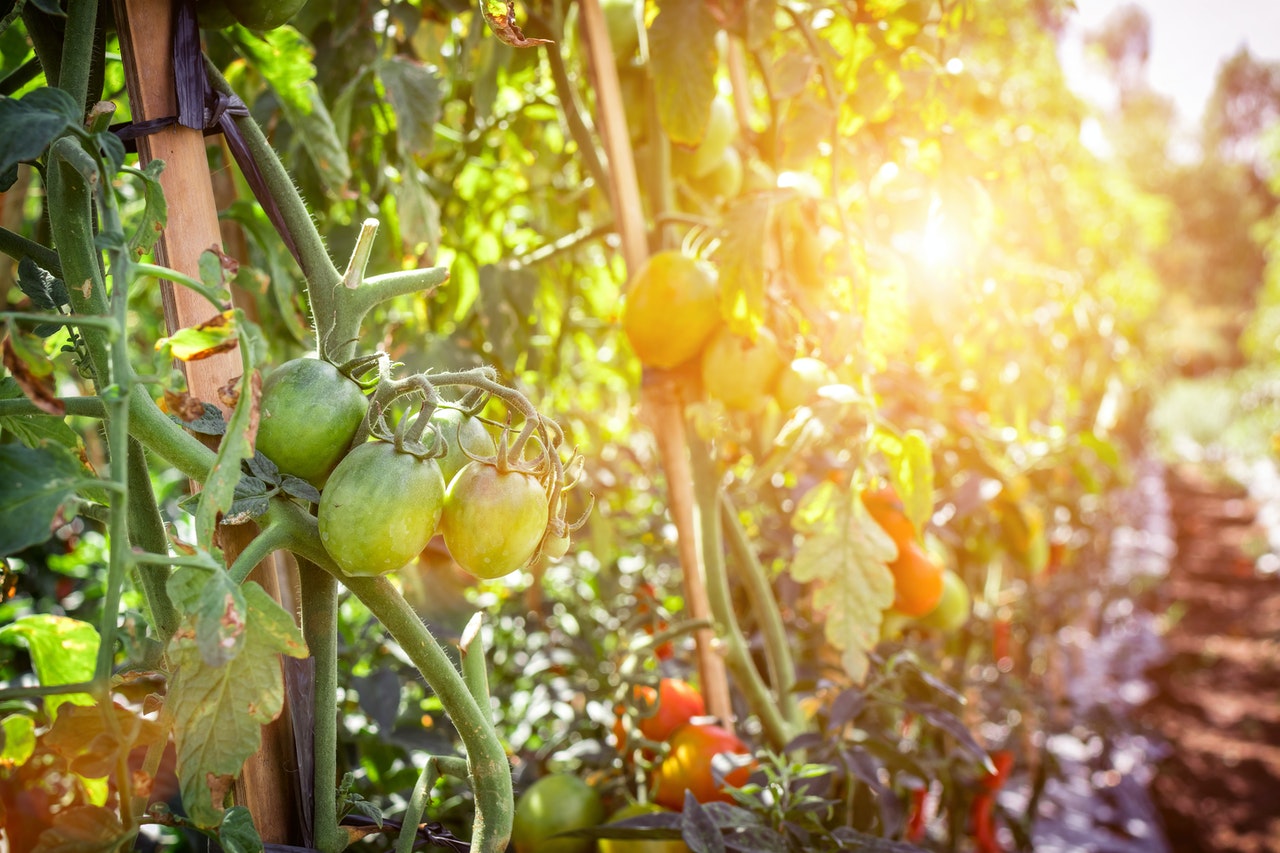How to Create a Vertical Vegetable Garden
May, 2022 |Looking for tips on how to create a vertical vegetable garden in a small yard or on a balcony? From supporting heavy fruits like squash and melons to roping together your own bean poles.
Growing vegetables vertically is one of the best ways to grow food in a small garden. But by choosing the right containers and supports, and vegetables and fruits that grow vertically, you’ll be able to maximize your harvest in your mini garden space.
- How to choose which plants to grow in a small space
- Which vertical vegetable supports to choose
- Re-using old materials and containers
- Tools you might need
- Heavy fruit hammocks
Which plants can you grow in a small space?
Before you create a vertical vegetable garden you need to decide which crops you’d like to add. There are lots of tasty fruits and vegetables that you can grow vertically. Ultimately it depends on a few factors, the most important being sunlight. Most crops need at least 6 hours to produce fruits, but if your small garden is shady, there are shade tolerant crops you can grow.
Some of the most popular vertical plants include cordon tomatoes, beans, and peas! You could also grow fruit trees in containers, or train summer berry vines along a wall.
If space is really limited, opt for dwarf vegetable plants, like dwarf peas or tomatoes.
Create a vertical vegetable garden with supports
When it comes to growing vegetables vertically you’ve got lots of different support options to choose from. Here are some great space-saving ways to train vegetables up instead of out!
Poles, canes, and branches
Climbing plants like beans and peas are traditionally grown using rows of bamboo or tree branch canes. You can arrange these into rows or create attractive triangular, tepee-shaped supports.
Poles and canes can be used in containers too instead of soil if you’re creating a balcony garden.

Trellis
A trellis is a great vertical plant support option for balconies — especially if you’re growing squash or melon plants vertically. It gives you more sturdy support when you’re tying in heavier vines full of mini watermelons or small pumpkin varieties.

Corn plant support
For completely natural support, you could use the 3 sisters’ planting method. It’s a companion planting technique that is used by Native Americans. It involves planting corn, beans, and a squash plant together.
The corn provides support for beans to climb. The beans fix nitrogen in the soil. And the leaves from the squash plant help to keep the soil full of moisture.
A-frame
Using two trellises or a selection of wooden panels, you could create a sturdy A-frame support. This works especially well for heavier squash plants, like melons or pumpkins.
Stock fencing
You can attach stock fencing or chicken wire to a fence or wall to give climbing plants something to cling to. Or you can create cylinders that sit in the soil or within a planter. It works especially well with climbing plants like peas. Stock fencing is also a great support option for tall flowers like dahlias or delphiniums.
Stepped planters
There are lots of slimline planters that can attach to walls or even hang on balcony railings. A wall planter can give you some valuable extra planting layers with multiple shelves for you to fill with kitchen herbs, salad greens, or strawberries.

When your planter is filled with compost it can become heavy. So if you’re using wall planters, make sure your fence or wall will support the weight.
Living wall planters
For a modern twist on the shelf planter, you could create your own unique living wall. Kitchen herbs like basil, rosemary, and parsley work well on vertical walls. Alpine strawberries are also a fantastic native plant that is perfectly suited to growing vertically.
You can buy living wall planters that have several plant pockets. When filled with herbs, strawberries, and flowers it creates the illusion of a living wall.

Hanging baskets
Another attractive option for strawberries, herbs, and even small squash plants. You can attach hanging planters to a wall or even buy a free-standing hanging planter system. It’s especially great for strawberries as they might receive more sunlight and produce more fruit when up high.

Arbors and arches
Archways draped in climbing beans or passion fruit create a garden that’s attractive and tasty! Brightly colored bean varieties like the red and white mottled Borlotto or Purple Queen beans look lovely.

Pergola
A fantastic option if you’re looking to introduce a little privacy too. Grapevines, passion fruit, and beans are all great crop plants that can climb up a pergola. If you live in a cooler area, make sure you choose a cold hardy grape variety.

Re-using old materials and containers
You don’t need to spend a fortune creating a vertical vegetable garden. Often you can make use of materials you have lying around. You could use old wooden palettes for a DIY planter project. Just make sure your wooden palette hasn’t been chemically treated.
You can source secondhand planters and containers on sites like eBay, Gumtree, or Craigslist. Or alternatively, you can use sturdy plastic grocery bags (with a few drainage holes added). And instead of buying poles or bamboo sticks, you could use long tree branches instead.
Extra equipment you might need
To create a vertical vegetable garden, you might need a few extra tools. After picking your favorite support systems for your vertical vegetable garden, here’s some extra equipment you might need…
- Twine and string: For tying in vines and climbing plants
- Scissors: for cutting twine
- Wire cutters: if you’re using stock fencing or chicken wire
- Heavy-duty gloves: to protect your hands if you’re handling wire

Heavy fruit hammocks
Growing veg vertically has lots of benefits, but one issue to be aware of is heavy-hanging fruits. Large pumpkins or watermelons can damage stems and even become a hazard. Growing mini pumpkin varieties or mini melons, like the small Sugar Pumpkin or Superball Melon, is a great way to ensure vines don’t snap.
If however, you notice vines straining under the weight of big fruit. You can use a melon sling or hammock to support them and take the weight off the central plant stem.
Featured Image: Tomatoes and bamboo poles | Photo by Artem Beliaikin from Pexels








